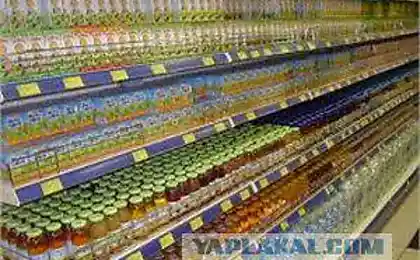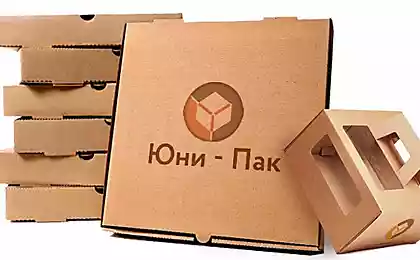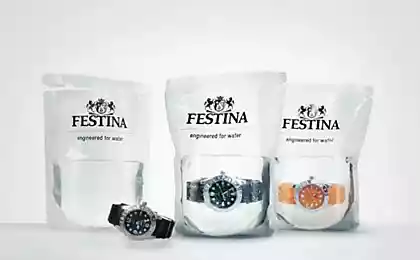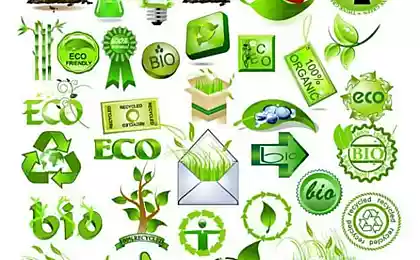185
The role of stickers in commodity branding and logistics
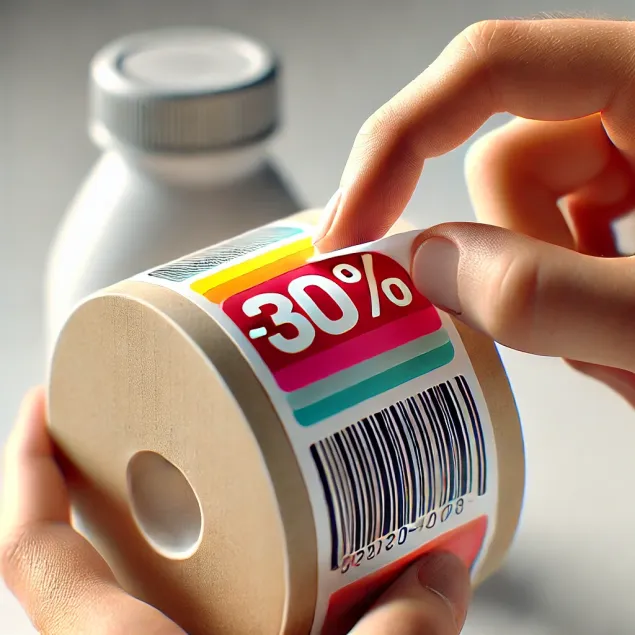
Visual identification of products plays a key role in the process of sales and interaction with the buyer. Bright, informative, memorable stickers can not only attract attention, but also convey important information about the product: from the composition to storage conditions. Modern packaging approaches emphasize details, and stickers become a tool that helps to stand out on the shelf, establish communication with the customer and emphasize the individuality of the brand.
Especially in demand stickers for goods that perform several functions at once. First, they may contain technical or legal information - barcodes, production dates, composition, instructions for use. Secondly, they play a decorative and promotional role, especially when it comes to promotions, limited editions or gift packaging. Such stickers are often made in the corporate style and are supplemented with graphic elements. In addition, they contribute to more efficient logistics, especially in warehousing, transportation and sorting of products.
The use of stickers allows you to optimize processes at all stages: from production to the point of sale. They are easily applied, if necessary - removed or replaced, can be both permanent and temporary. Flexibility in manufacturing and design variability make them a versatile solution for a variety of tasks: from food labeling to packaging electronics or cosmetics.

Technology and materials: what make effective stickers
Creating stickers is not only the printing of images, but also the selection of suitable materials and adhesive base depending on the operating conditions. Depending on the purpose, self-adhesive films, paper carriers, heat-sensitive materials, moisture-resistant bases or special protective layers are used. For example, for refrigerators and frozen products, stickers that withstand low temperatures are suitable, and for cosmetics - resistant to moisture and fats.
Printing can be both digital and flexographic, offset or silk screen – the choice depends on the circulation, detail and resistance requirements. Also often used methods of finishing: lamination, embossing, cutting, varnishing. All this affects not only the appearance, but also the performance characteristics. For example, laminated stickers retain color longer, are not afraid of mechanical damage and look more presentable.
For labeling with variable data (for example, with unique codes or lot numbers), thermal transfer or thermal direct printing technologies are used. Such solutions are convenient in production, where it is important to quickly apply variable information to each product. An important factor also remains glue: its composition depends on how reliably the sticker will hold and whether it will be possible to peel it off without traces.
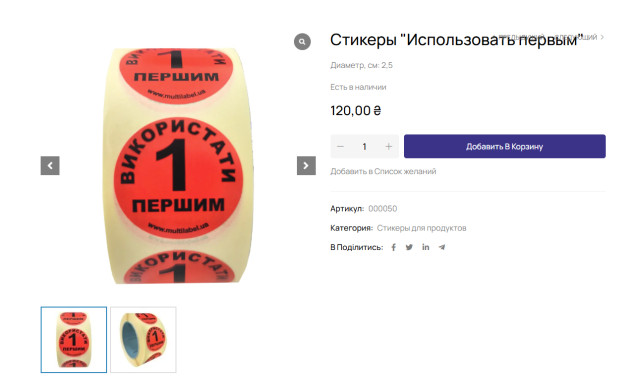
Use of stickers in different industries: from products to electronics
Stickers have become an integral part of almost every industry. In the food industry, they indicate the composition, shelf life, storage conditions, and also perform a decorative function - create product recognition. In cosmetics and perfumes, stickers emphasize premium or naturalness, complementing bottles and boxes. In household chemicals, electronics, pharmaceuticals, they provide important technical information and compliance with legal requirements.
In retail, stickers for goods are often used for promotions, discounts, seasonal offers. Bright labels such as “new”, “-30%”, “gift inside” instantly attract attention and contribute to increased sales. Stickers can be both standard and customized - with a unique design, shape, color scheme. They are convenient to use both manual packaging and automated packaging lines.
In addition to the commercial sphere, stickers are also in demand in non-commercial projects: for identifying items in schools, hospitals, offices, and events. They are used in logistics, warehousing, archiving, providing a clear structure and simplifying the search process. Due to the technological diversity and ease of use, stickers remain a relevant and practical solution in all conditions.


